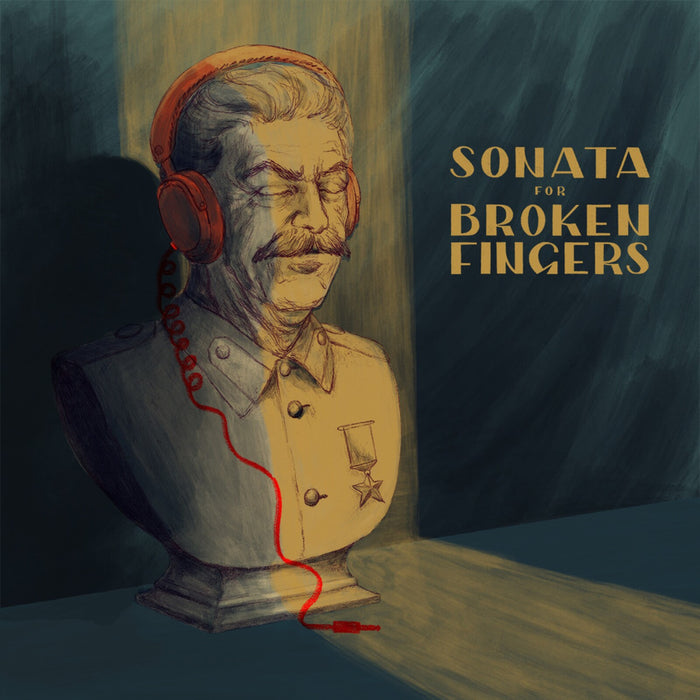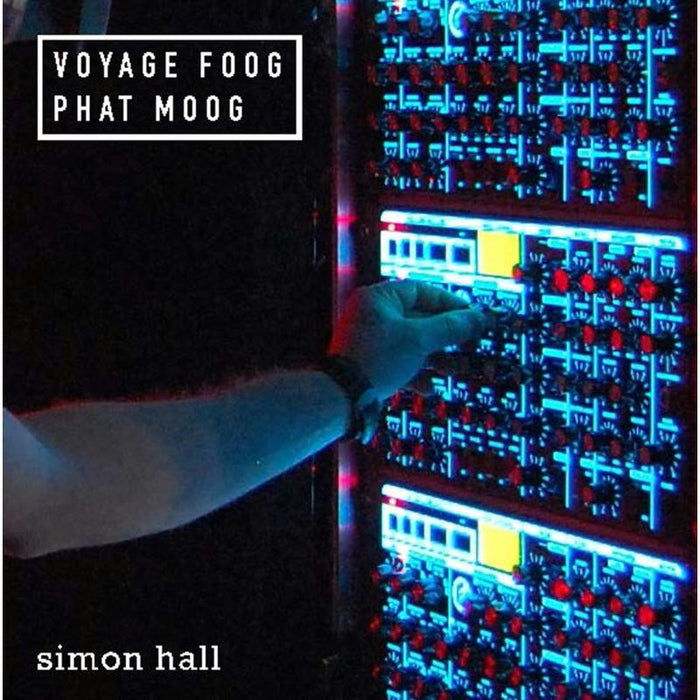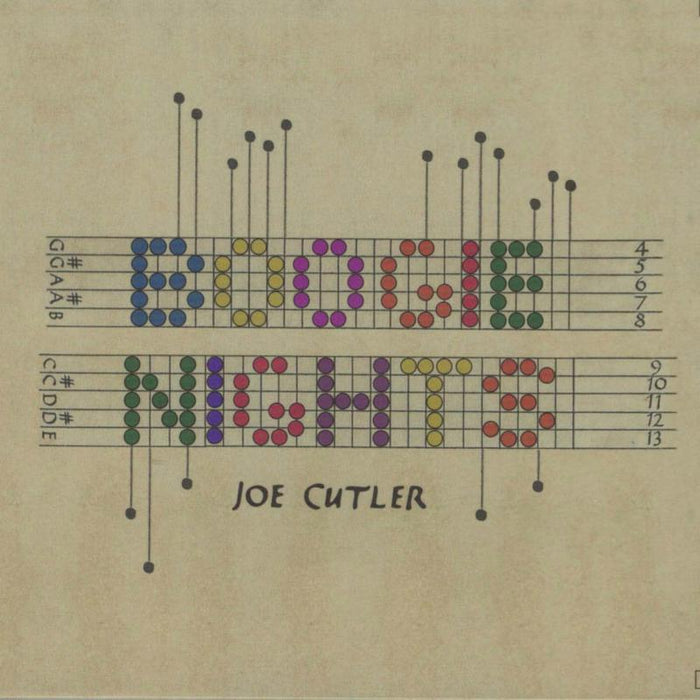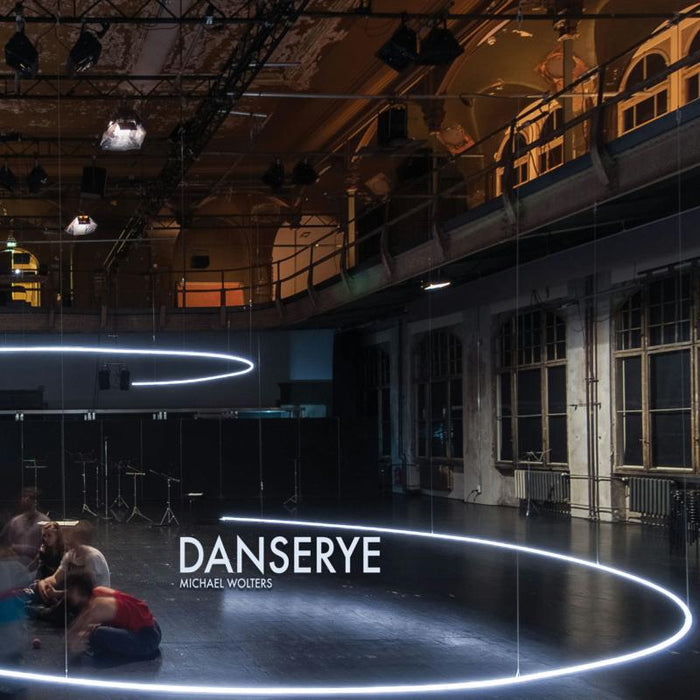Description
Kathryn and Peter play the recorder by Michael Wolters proves that the recorder is much more than an "annoying instrument for children", with 25 pieces in which the composer casts his questioning eye over music history, technical virtuosity and cultural customs. Wolters' relationship with the instrument began over 20 years ago when he met the extraordinary recorder duo Kathryn Bennetts and Peter Bowman. Their exceptional skills and their enthusiasm for research into undiscovered areas of sound made them ideal collaborators for Wolters, whose music so often focuses on dismantling established boundaries.
It wasn't just the sound of the instrument that inspired the composer, it was also its status as a former staple instrument of the music world now fallen on hard times. "The recorder is looked down on, pushed to the sidelines and ignored. I find it much more interesting to work with something that has a questionable reputation, rather than a refined high status," Wolters explains. Modern wind instruments use complex key mechanisms, meaning the holes are either open or closed. In contrast, recorder players can use their fingers to find the pitch nuances in between. "There's a lot more between C and D than just C-Sharp, and writing for recorder allows me to explore that. Microtonality also doesn't have the best reputation (people think it's sounds wrong and out of tune), so again that stimulates me. I am particularly excited by the idea of introducing microtones into pop music harmony."
The first CD in this two-disc collection sets the recorder in a variety of contexts: with voice (7 Shakespeare Songs), voice and harpsichord (My own step-song), as an ensemble of 11 recorders (in the Cultural Olympiad commissioned 12-minute opera The Voyage) and amplified mixed ensemble (German Folk Tunes). CD2 is entirely dedicated to the monumental 40-minute Antarctica duet: Kathryn und Peter durchqueren die Antarktis (Kathryn and Peter cross the Antarctic). This is a journey through a cross-section diagram of the Antarctic, entirely composed of eighth-tones. One recorder follows the surface of the ice while the other traces the contours of the bedrock below. This haunting soundscape formed the basis for a radio play (commissioned and broadcast by DeutschlandRadio) and a stage show, both produced in collaboration with German theatre artist Marcus Droß. The piece was described as "powerfully evocative" and "spellbinding" by American Recorder magazine.
Kathryn and Peter play the recorder by Michael Wolters proves that the recorder is much more than an "annoying instrument for children", with 25 pieces in which the composer casts his questioning eye over music history, technical virtuosity and cultural customs. Wolters' relationship with the instrument began over 20 years ago when he met the extraordinary recorder duo Kathryn Bennetts and Peter Bowman. Their exceptional skills and their enthusiasm for research into undiscovered areas of sound made them ideal collaborators for Wolters, whose music so often focuses on dismantling established boundaries.
It wasn't just the sound of the instrument that inspired the composer, it was also its status as a former staple instrument of the music world now fallen on hard times. "The recorder is looked down on, pushed to the sidelines and ignored. I find it much more interesting to work with something that has a questionable reputation, rather than a refined high status," Wolters explains. Modern wind instruments use complex key mechanisms, meaning the holes are either open or closed. In contrast, recorder players can use their fingers to find the pitch nuances in between. "There's a lot more between C and D than just C-Sharp, and writing for recorder allows me to explore that. Microtonality also doesn't have the best reputation (people think it's sounds wrong and out of tune), so again that stimulates me. I am particularly excited by the idea of introducing microtones into pop music harmony."
The first CD in this two-disc collection sets the recorder in a variety of contexts: with voice (7 Shakespeare Songs), voice and harpsichord (My own step-song), as an ensemble of 11 recorders (in the Cultural Olympiad commissioned 12-minute opera The Voyage) and amplified mixed ensemble (German Folk Tunes). CD2 is entirely dedicated to the monumental 40-minute Antarctica duet: Kathryn und Peter durchqueren die Antarktis (Kathryn and Peter cross the Antarctic). This is a journey through a cross-section diagram of the Antarctic, entirely composed of eighth-tones. One recorder follows the surface of the ice while the other traces the contours of the bedrock below. This haunting soundscape formed the basis for a radio play (commissioned and broadcast by DeutschlandRadio) and a stage show, both produced in collaboration with German theatre artist Marcus Droß. The piece was described as "powerfully evocative" and "spellbinding" by American Recorder magazine.












